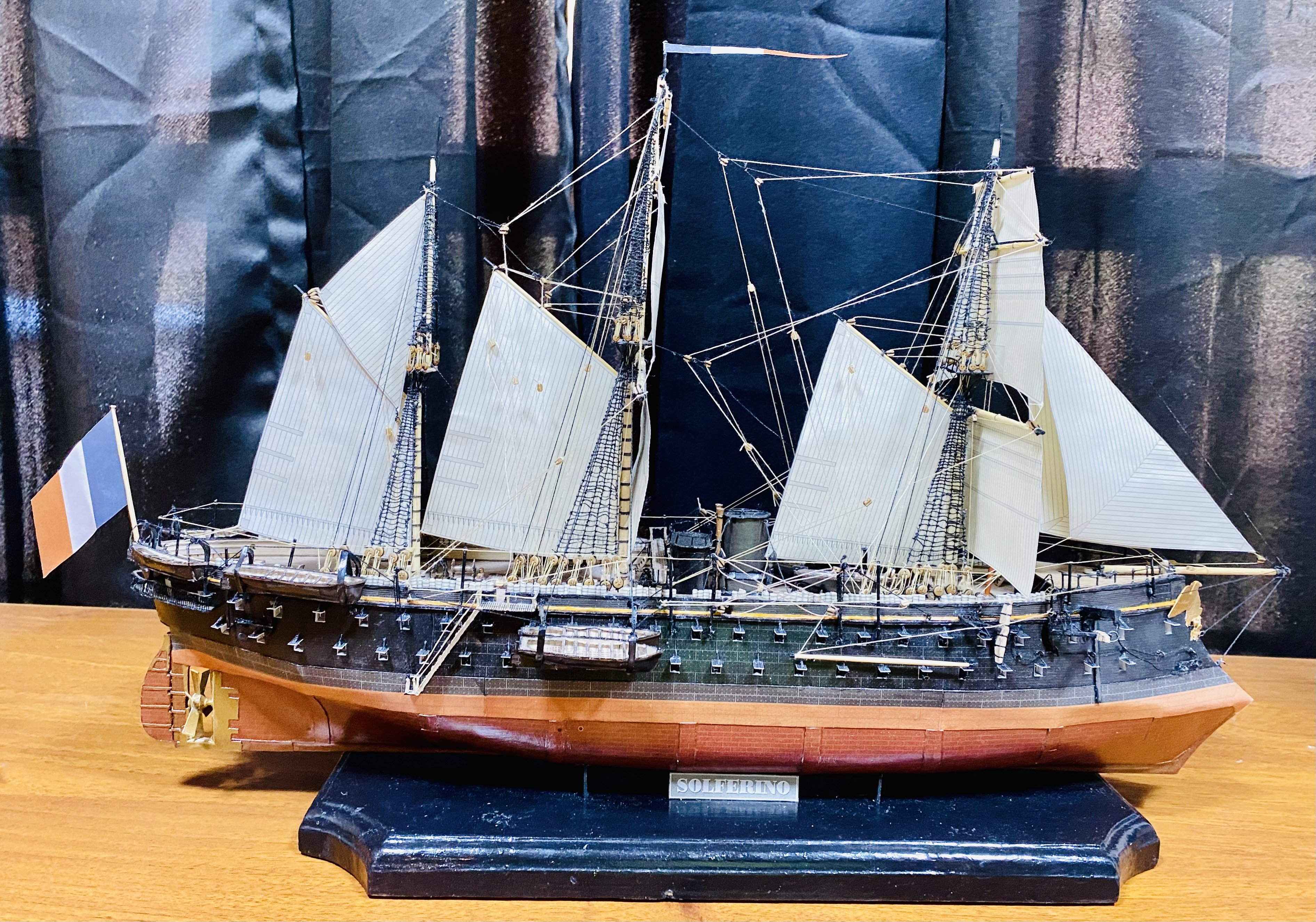
GrandpaPhil
NRG Member-
Posts
6,105 -
Joined
-
Last visited
Content Type
Profiles
Forums
Gallery
Events
Everything posted by GrandpaPhil
-
Ship's launch kits for 18th century ships - 1/60 or 1/64
GrandpaPhil replied to peterbrowne's topic in Wood ship model kits
Scratch building ship’s boats look intimidating, but once you get into them, they are not bad. Wolfram Zu Mondfeld’s “Historic Ship Models” has a great explanation of the process. I scratch built mine (out of card) for my last two models and they came out great, much better than what I have seen in any kit that I have had. I will be making a full set for my Victory as well. Line drawings for the ship’s boats for English vessels can be found in the Anatomy Of The Ship series books for vessels of that time period. I used the ones out of the one for the Victory and the Bellona. -
Beautiful model. I love the weathering on it! That looks like it just came out of the water!
-
Pazar caique by mhmtyrl - 1:48
GrandpaPhil replied to mhmtyrl's topic in - Build logs for subjects built 1751 - 1800
Nicely done! -
New Addition: An Absolute Novice
GrandpaPhil replied to Photo Bud's topic in New member Introductions
Welcome! -
My Mantua Constitution came with Italian instructions too. If you can’t find English instructions, I’d recommend Google Translate. It works reasonably well.
-
Still busy, but I’ve made a little progress. I started carving some figures for the model. They are the first that I have ever done, but I think they will look okay once painted and put on the deck.
-
Welcome!
-
Welcome!
-
Welcome!
-
Welcome!
About us
Modelshipworld - Advancing Ship Modeling through Research
SSL Secured
Your security is important for us so this Website is SSL-Secured
NRG Mailing Address
Nautical Research Guild
237 South Lincoln Street
Westmont IL, 60559-1917
Model Ship World ® and the MSW logo are Registered Trademarks, and belong to the Nautical Research Guild (United States Patent and Trademark Office: No. 6,929,264 & No. 6,929,274, registered Dec. 20, 2022)
Helpful Links
About the NRG
If you enjoy building ship models that are historically accurate as well as beautiful, then The Nautical Research Guild (NRG) is just right for you.
The Guild is a non-profit educational organization whose mission is to “Advance Ship Modeling Through Research”. We provide support to our members in their efforts to raise the quality of their model ships.
The Nautical Research Guild has published our world-renowned quarterly magazine, The Nautical Research Journal, since 1955. The pages of the Journal are full of articles by accomplished ship modelers who show you how they create those exquisite details on their models, and by maritime historians who show you the correct details to build. The Journal is available in both print and digital editions. Go to the NRG web site (www.thenrg.org) to download a complimentary digital copy of the Journal. The NRG also publishes plan sets, books and compilations of back issues of the Journal and the former Ships in Scale and Model Ship Builder magazines.

